The 10 spookiest nebulas in the universe
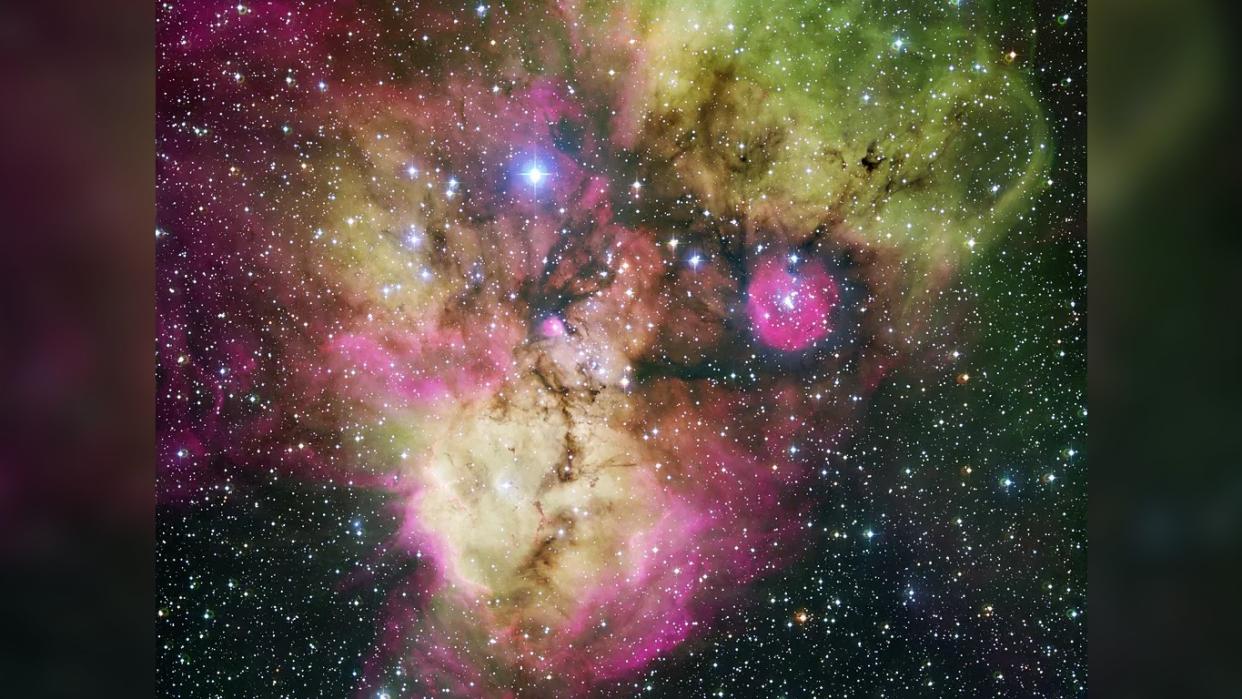
A malevolent, screaming skull face. A witch cackling in profile. An all-seeing eye, gazing red and furious from the void of space.
Like cosmic Halloween decorations, nebulas are some of the most gorgeous objects in the universe, and some of the spookiest. These vast regions of gas and dust, illuminated by starlight and sculpted by stellar radiation, often take on shapes that look eerily familiar to our pareidolia-obsessed brains.
Both beautiful and terrifying, here are 10 of our favorite spooky nebulas from across the universe.
1. Witch Head Nebula
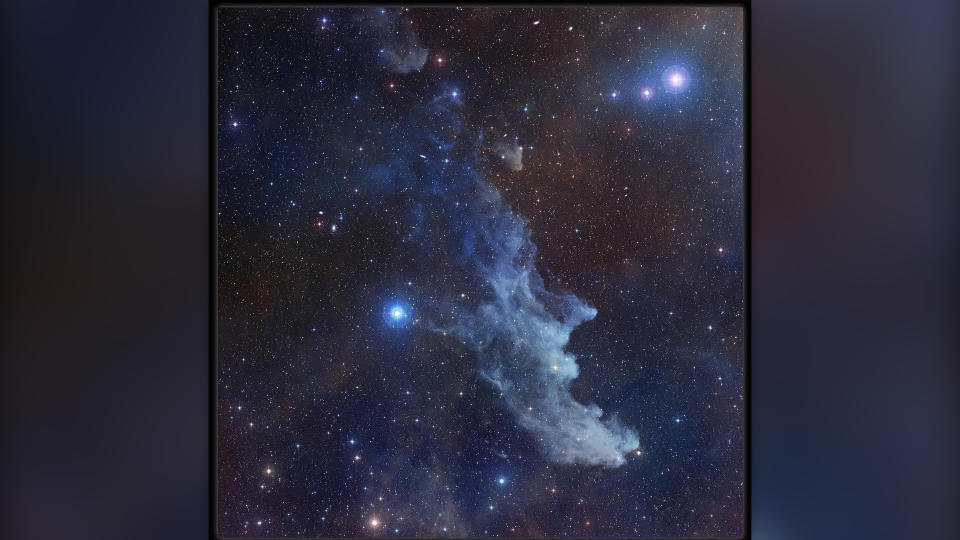
The Witch Head Nebula, formally known as IC 2118, is located in the constellation Orion about 900 light-years from Earth. Illuminated by the giant blue star Rigel, this enchanted blue nebula looks like the silhouette of a cackling space crone in the midst of some cosmic incantations.
2. Skull and Crossbones Nebula

Despite its decrepit appearance, NGC 2467, better known as the Skull and Crossbones Nebula, is a stellar nursery bursting with baby star formation. Two large star clusters gaze out of the skull's "eye sockets," giving the nebula its forbidding look. Keeping with the high-seas theme, the Skull and Crossbones nebula lives in the constellation Puppis, or "the poop deck," near the Perseus Arm of the Milky Way.
Related: The 7 most terrifying things in space
3. Eye of God Nebula
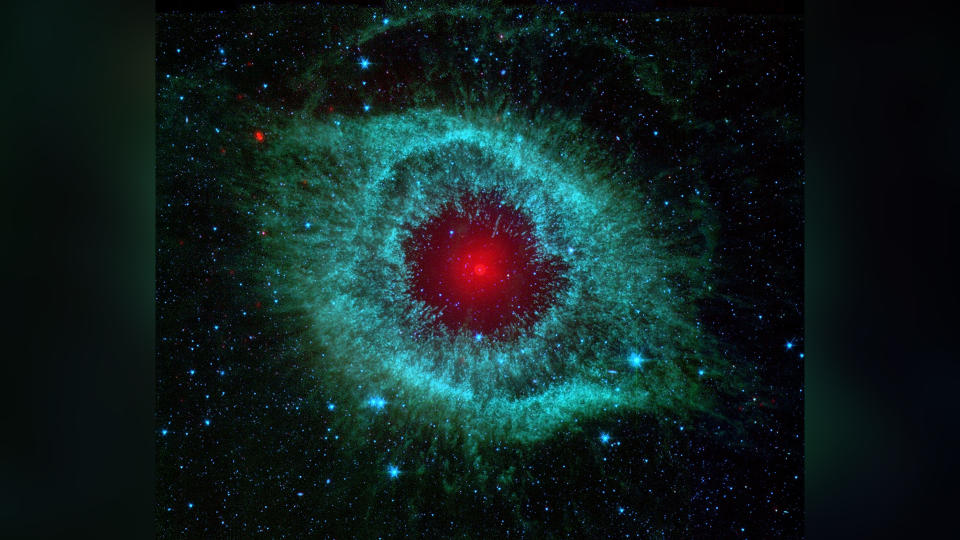
Staring like the unblinking eye of God (or the eye of Sauron, depending on your literary taste) the Helix Nebula is an infamously spooky object that has captivated astronomers for 200 years. Located 700 light-years away in the constellation Aquarius, the nebula is the result of a dead star showering infrared light onto a coccoon of dust.
Related: 12 trippy objects hidden in the zodiac
4. Little Ghost Nebula
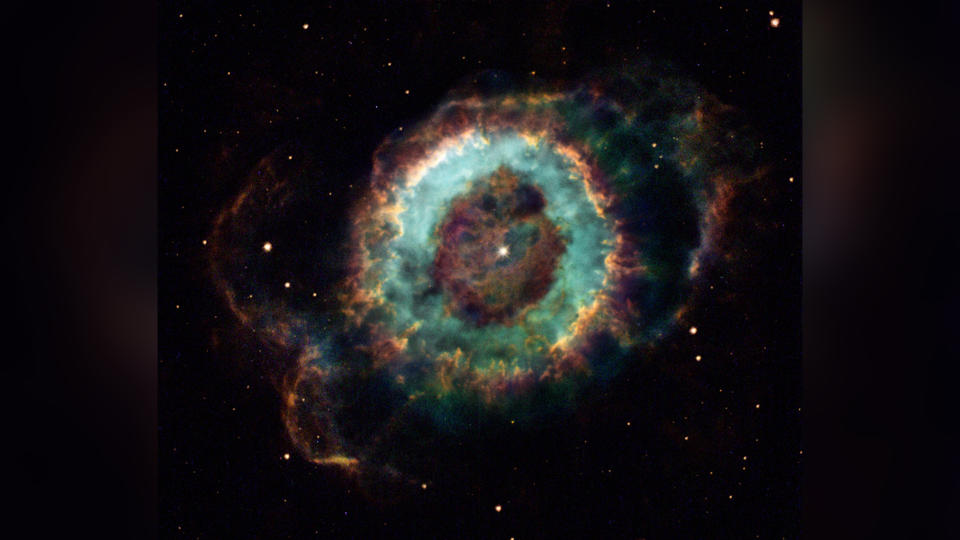
Wispy and faint, The Little Ghost Nebula (NGC 6369) is a monument to stellar death. Illuminated by the dying spirit of a white dwarf star (the smoldering husk of a once-mighty star that has ceased its nucelar fusion), the fire at the center of this nebula is slowly dimming, and will one day vanish entirely.
5. Hand of God Nebula
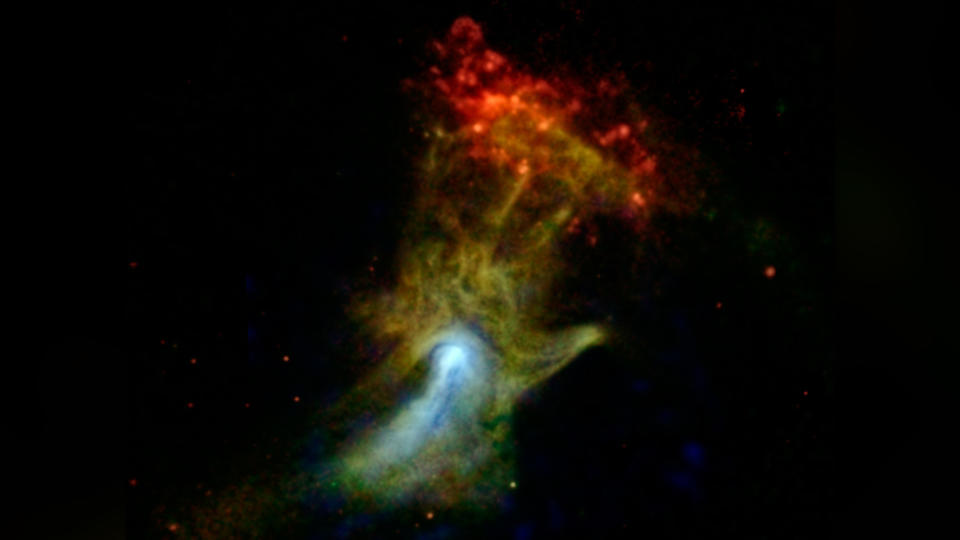
The ominous Hand of God Nebula (PSR B1509-58) is a window into the stellar afterlife. After exploding in a violent supernova, the star at the center of this nebula collapsed into a pulsar, or a compact, ultrafast-spinning stellar corpse that constantly whips a wind of particles into the gas and dust around it.
6. Tarantula Nebula
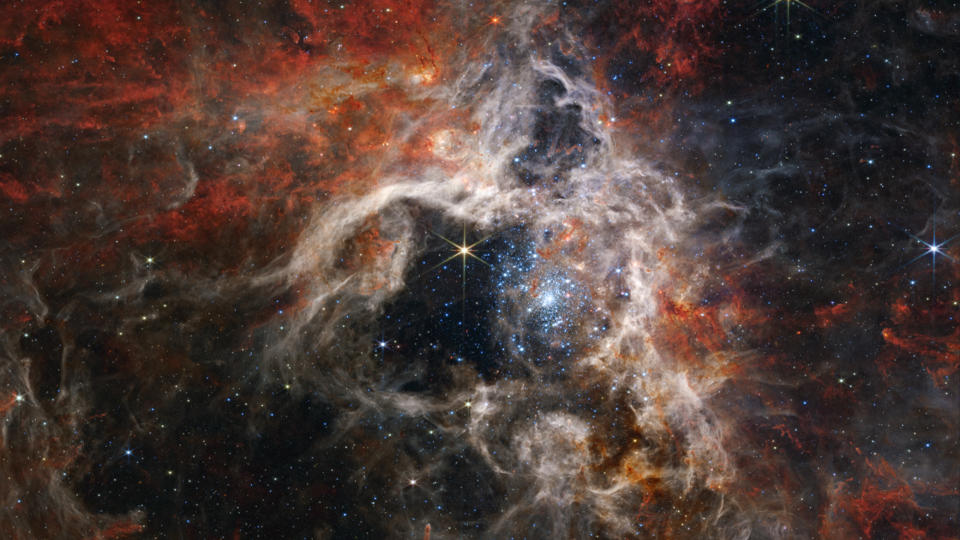
Creepy and spindly, the Tarantula Nebula (30 Doradus) is the brightest and biggest region of star formation in the group of galaxies closest to the Milky Way. If you find its nickname unfitting, look a little deeper. A mother tarantula's brood can contain thousands of eggs; this nebula's nursery contains hundreds of thousands of young stars.
Related: 32 jaw-dropping James Webb Space Telescope images
7. Skull Nebula (NGC 246)
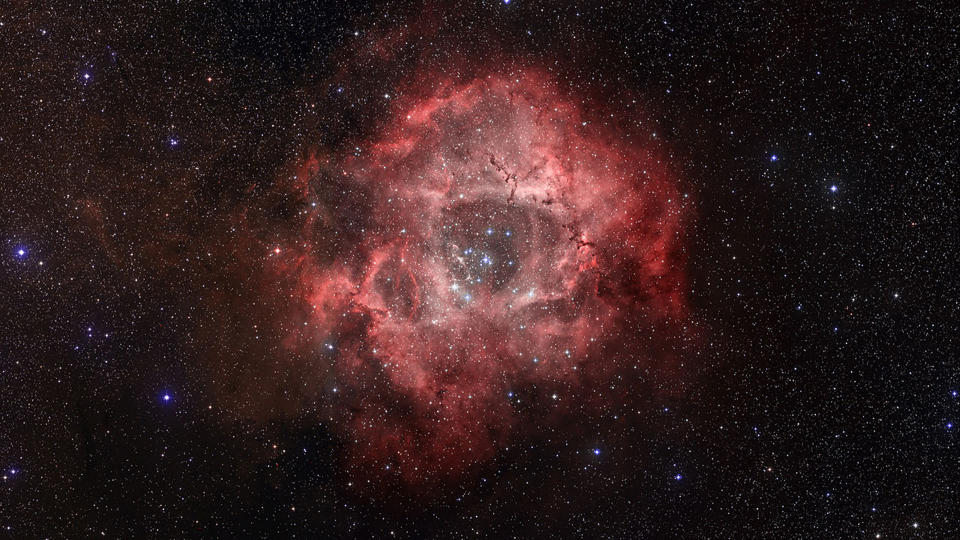
Located 1,600 light-years away, the Skull Nebula (NGC 246) is a popular target for astronomers, and not just on Halloween. Within the spooky red skull is a somewhat rare triple star system, made of two closely-bound stars and a third star orbiting the others from afar.
8. Black Widow Nebula
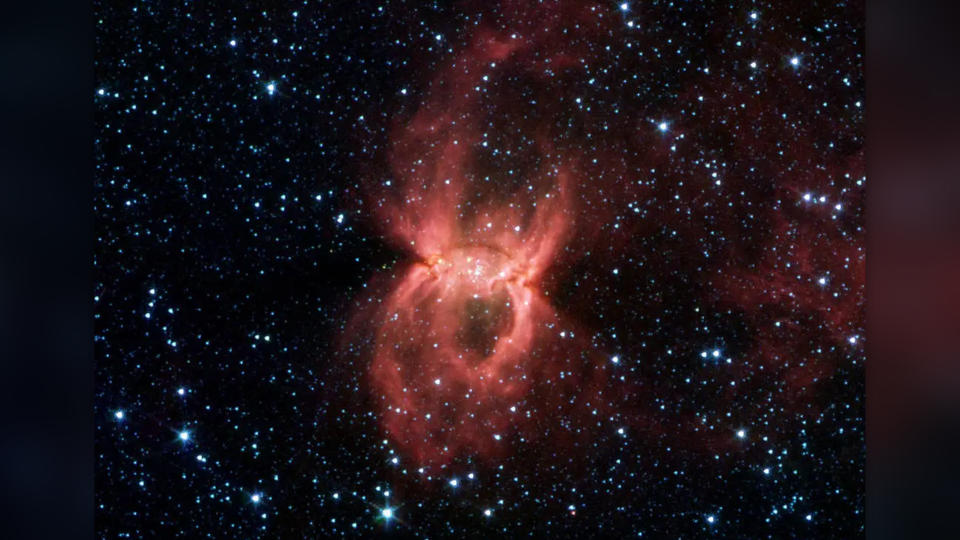
The Black Widow Nebula creeps through space with an eerie symmetry. The nebula's double-lobed appearance comes from a group of stars at its center, producing intense outflows of radiation in opposite directions at the same time.
9. Cosmic Keyhole (NGC 1999)
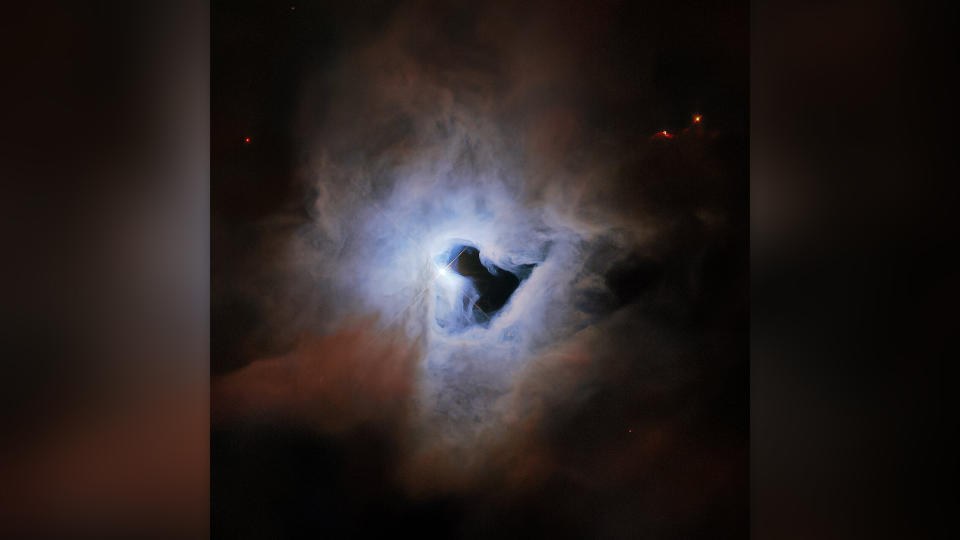
The Cosmic Keyhole (NGC 1999) is perhaps the scariest nebula of all. At its center sits a young star surrounded by an inexplicably empty hole; how the vast rift in space was created, and what could lurk beyond it, remains a mystery.
10. Pac-Man Nebula
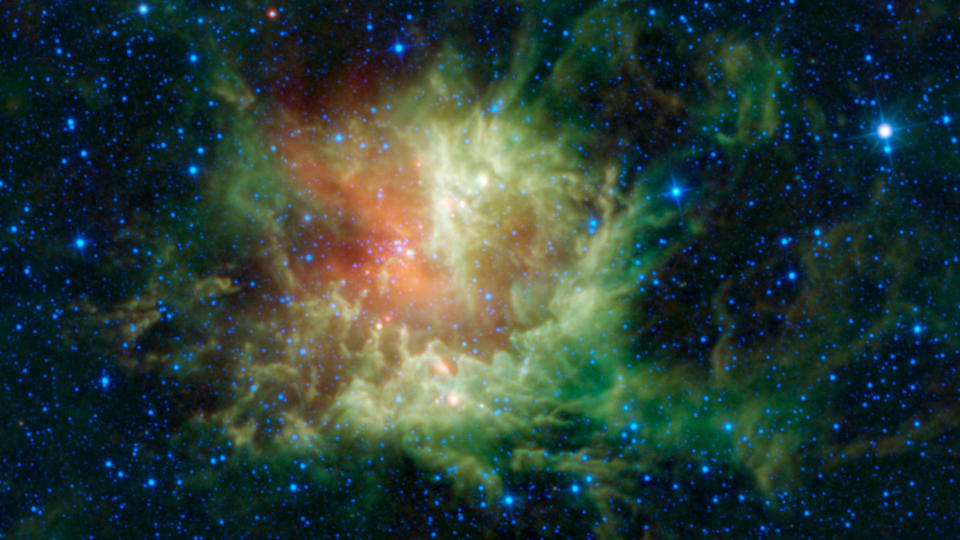
The Pac-Man Nebula (NGC 281) glows like a cosmic jack-o-lantern 6,500 light-years from Earth. Located high above the crowded plane of the Milky Way, this nebula sits in plain view for curious astronomers, showing off its smoldering face like a pumpkin on a porch.

